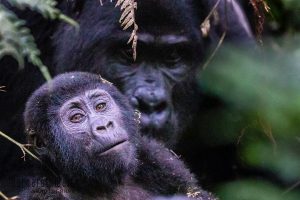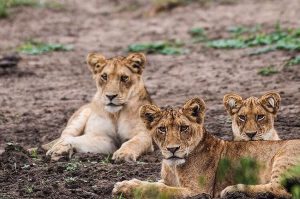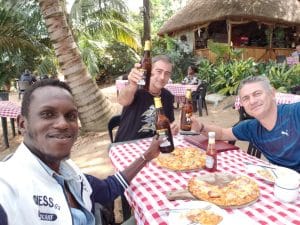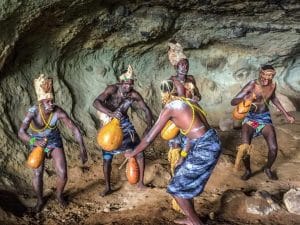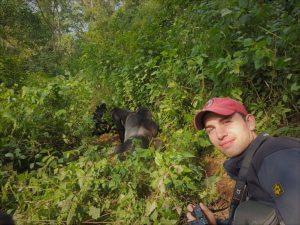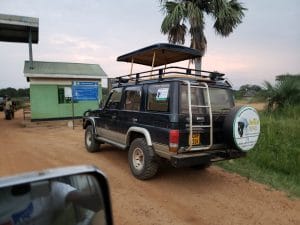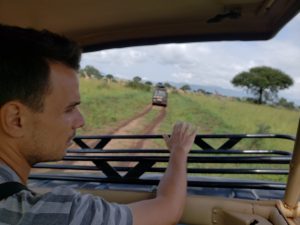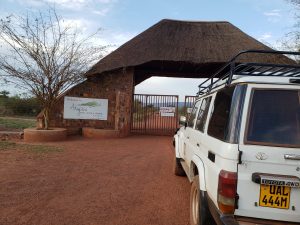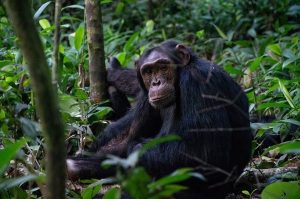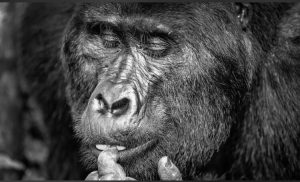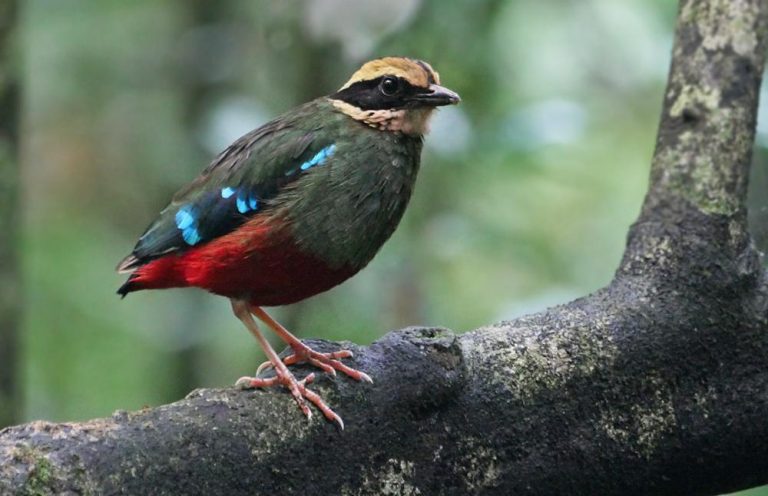Ankole Traditional Marriage in Uganda. Things To consider to marry in a milk land Western Uganda.
The Ankole Traditional Marriage in Uganda:
When I talk about Tradition, this drives back to the things our early ancestors followed/what they believed in, and what they used to do. The Ankole Traditional Marriage in Uganda, All these run up to one word. We have seen and talked about several things in Uganda, pointing out a few; the traditional beers, the gods, and other traditional deeds.

Way back in the 1990 different kingdoms that existed in Uganda by then had self-governance in a way that they would decide on what would be the order in their territories.
It was on September 17, the year 1967 when Obote (the then Prime Minister of Uganda) abolished the three tribal kingdoms of Ankole, Buganda and Bunyoro – in addition to the Chieftaincy of Busoga. From then on, the country assumed the status of a republic.
However, the culture and norms that existed in each of the kingdoms never died away but are still active and up to date, though some have changed as the world also keeps on the clock of development and growth.
At marriage from any of the tribes, there are steps to follow to make the process a success. These steps come up to forming open occasions like we are going to read; Each culture has something they will consider most in case marriage is to take place.
There are quite several different tribes, but let’s look at the ANKOLE.
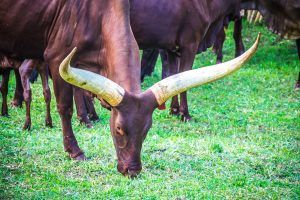
The people from this tribe are known as the “Banyankole“.
To my understanding, hearing about the Ankole marriage, One of the common things known about them is their Rich-Cultural marriage ceremonies.
The main aim of these marriages is to create togetherness among the families of the Bride and the Groom.
Let’s break down the process and know what happens, when, why, where, by who and all that. There is always a highly respected person to do the go-between in the negotiations of the marriage of the love birds. This person is locally called “katerarume” which means (the person who clears the path, by clearing the dew).
The Katerarume is responsible for facing the bride’s family, presenting the interests of the groom and also making sure that the request is accepted. Once the request is accepted, still he will be responsible for getting back the information to the groom’s side.
A date is set for the groom in accompaniment with his relatives come to be seen by the bride’s parents and as well go into more discussions. However, the groom never gets to say anything by himself but it will all be through the katerarume. It is at this very moment the katerarume officiates the marriage proposal in the presence of the family elders from both sides.
Discussion follows as soon as the bride’s side puts a signal of acceptance. Nothing further than discussing bride price will be among the two families. This is where the Richness of the ceremony comes in.
As an assurance that the groom will be able to take full care of the bride, a rich bride price is proposed and cattle counts a lot to them therefore the groom will be asked to pay a good number of cows usually above 10. And the katerarume takes on the negotiations because the groom doesn’t say anything.
During these negotiations, the Bride is never close to where the dialogues take place but she gets hidden in a certain room and only waits for the outcomes. The bride’s father takes on the negotiations.
Once everything has been agreed, the official giveaway called “Kuhingira ” follows.
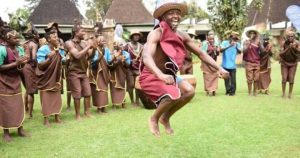
However, this doesn’t come straight after the negotiations but a date in the favour of the groom is set. Once the day comes, usually it’s an outdoor occasion that includes also other locals of the area. These are invited to come and be witnesses of the ceremony.
Usually, the bride’s family members also give her gifts to take home as a sign of farewell and in most cases, they might even be more than what the groom paid as bride price.
Right after the “kuhingira”, a group of girls and boys escort the bride to the groom’s home. In the Ankole, these are called “enshagarizi “. However being a bit different for other cultures, the bride’s family will not allow the bride to do anything from the giveaway day not until about 10 days elapse.
Between the 10 days, there is a cultural ritual called “okukoza omuliro” meaning “helping the bride make fire in the kitchen ” that the bride has to perform. However much the bride might be close to her mother, preparing her for marriage was/is never her official responsibility but for the Auntie.
Her main role here was to make sure the bride was well-versed in how to overcome the possible ups and downs that would come her way while in the new world of marriage. That wasn’t her only role, she also had to make sure the groom was sexually strong so that the bride wouldn’t have to starve.
You would ask yourself how she could get to this;
Yes! In the past days, though it’s changing with generations, the Auntie was supposed to have sex with the groom to confirm that he is sexually strong. And to the other side, Knowing that the bride kept her virginity for marriage would be her role too because having lost it before marriage would be an abomination and many were put to death for this.
Though things have kept changing as the generations also keep changing. This point of virginity is no longer an item to put on the agenda once negotiations are on.



